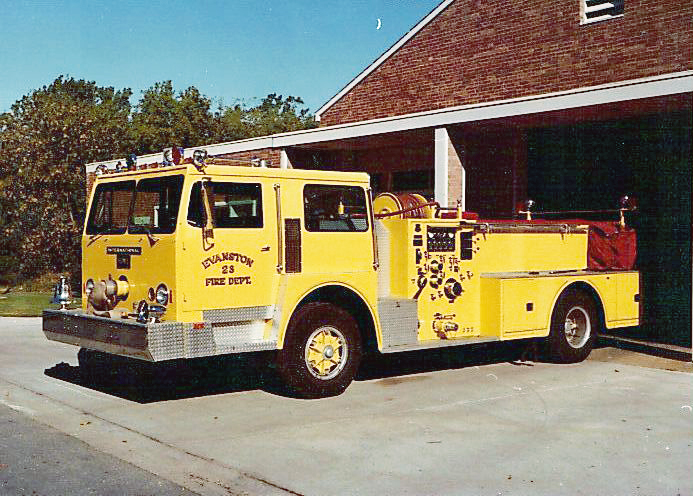Excerpts from the DailyNorthwestern.com:
Evanston Fire Department Fire Apparatus Operator Robert Byrne retired Saturday after more than 20 years of service.
Beginning his career in Evanston in September 2001 as a firefighter and paramedic, Byrne became a fire apparatus operator in August 2009.
As a member of EFD Local 742, Byrne also coordinated holiday charity events to raise money and supplies for organizations like Family Focus and the Salvation Army. Byrne also served as a union steward and as a treasurer to Local 742’s political action committee, which has historically lent support to local candidates.
As the recipient of the Meritorious Service Award, Bryne was honored by the department for his dedication to duty. He also received the Chief’s Letter of Commendation, which acknowledges outstanding fire and paramedic work.






























